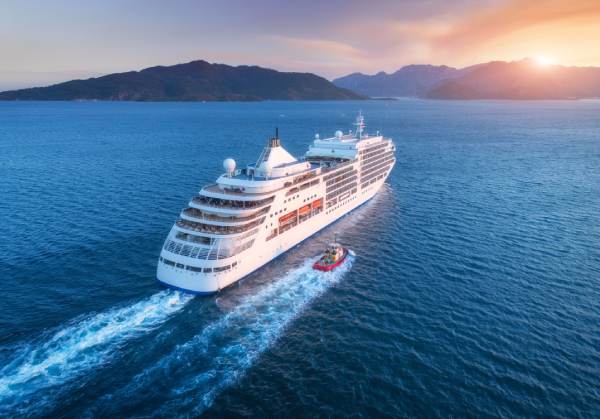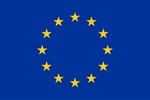How to assess passenger ship survivability after flooding?
10 Aug 2023
FLARE project delivered exceptional results with significant immediate or potential impact

FLARE (Jun.2019–Nov.2022) is the outcome of intensive research over the last 30 years.
The project coordinated by Balance Technology Consulting was participated by RINA Services, Bureau Veritas, DNV, Lloyd’s Register, Royal Caribbean Int., Carnival, Fincantieri, Meyer Werft, Meyer Turku, Stena, Color Line, Chantiers de l’Atlantique, NAPA, HSVA, MARIN, Sea Europe, ICAM, Brookes Bell, the universities of Strathclyde, Aalto and NTUA.
The overriding objective was to develop a harmonised risk-based framework to assess passenger ship survivability after flooding, using as metric the Potential Loss of Life (PLL). This approach offers more flexibility for ship designers and shipyards to implement effective measures for lifecycle flooding risk management, mitigating the impact of flooding to equitable levels with other major risks such as fire.
Direct static and dynamic calculation of survivability, combining numerical flooding and evacuation simulations resulted in flooding risk mitigation measures which can further decrease life losses up to 60 %.
The project developed a variety of cost-effective novel Risk Control Options, applicable in design and in operation of new and existing ships, testing the new framework on 5 Cruise and 4 Ro-Pax reference vessels.
FLARE also focused on crashworthiness, introducing super-element structural calculations to evaluate the energy dissipated in the impact, for correct estimation of the damage extent and its consequences. The effectiveness of double hull in the areas which are most vulnerable can be properly evaluated and verified.
Based on maritime safety stakeholders’ consultations, FLARE identified further improvements of the current regulatory framework, complementing, supplementing or proposing alternatives to relevant International Maritime Organization (IMO) regulations on subdivision and damage stability.
The main outcomes include:
- Use of two significant draughts (instead of three) for the probabilistic damage stability assessment.
- Improved permeability values, based on passenger ship operational data.
- Harmonised approach for collision, bottom / side grounding (non-zonal approach), while current SOLAS considers collision only.
RINA actively contributed to the development and assessment of the FLARE risk-based framework, to bridge the gaps still present in the current regulations. On behalf of the FLARE consortium, we presented the results to the IMO Sub-Committee on Ship Design and Construction (SDC 9).
The next steps include a further presentation at SDC 10 in January 2024, in cooperation with the EC and EMSA. The aim is to prepare the ground for possible regulatory updates in the medium-term for collision and grounding harmonization.
Risk Control Options (RCOs) not in contrast with the current regulations can be immediately implemented on a voluntary basis by the industry to further raise the safety of ships, beyond minimum compliance. RCOs challenging SOLAS provisions different from damage stability require alternative design and specific risk assessment. RCOs challenging SOLAS damage stability requirements (new framework based on risk and PLL) could be considered as an alternative design approach, in agreement with the relevant flag Administration, to gain more experience while looking forward to revising SOLAS in accordance with IMO procedures.
The project has received funding from the European’s Horizon 2020 research and innovation programme (Contract No.: 814753)
